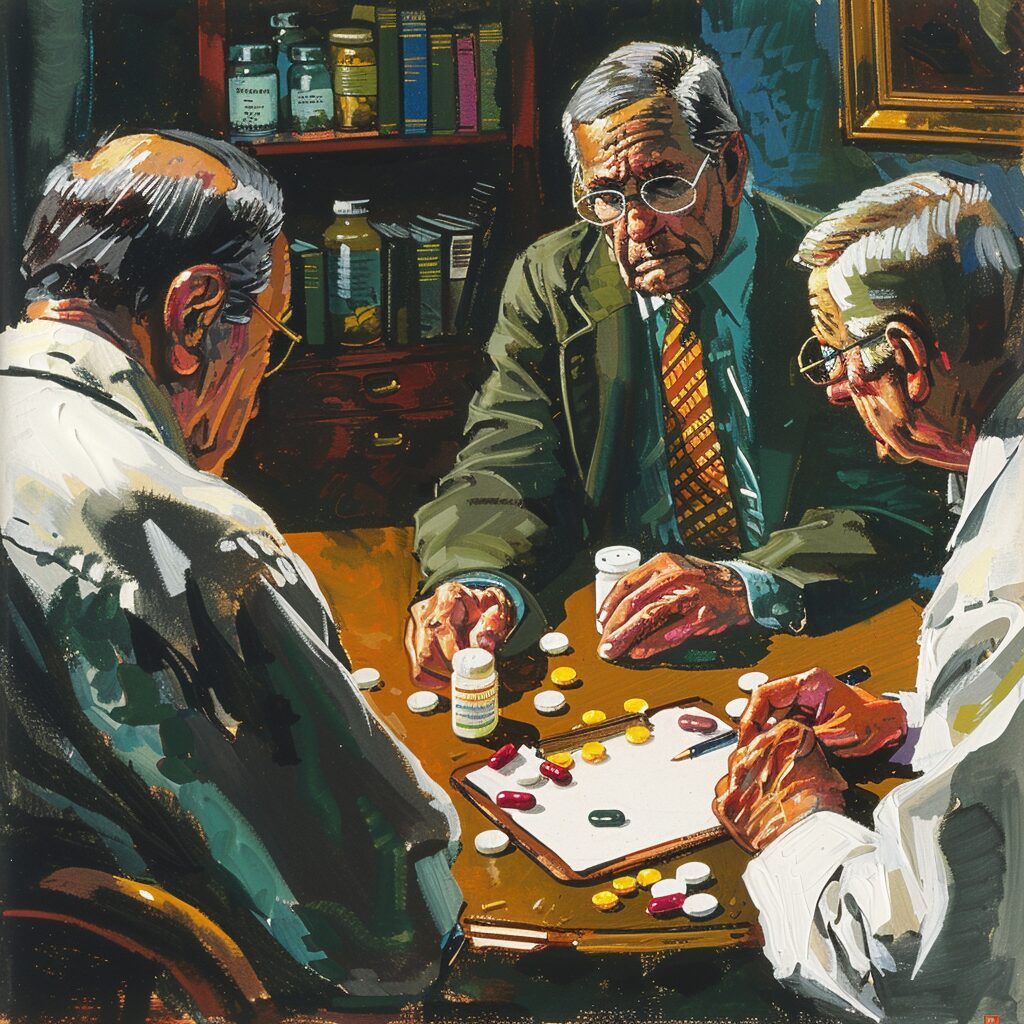Key takeaways:
- PTSD is a chronic disabling condition affecting many veterans, and it is often linked to substance use disorders (SUDs).
- The process of establishing a service connection for PTSD involves demonstrating a currently diagnosed disability, an in-service illness, event, or injury, and a medical nexus between the two.
- PTSD can be rated by the VA based on the severity of symptoms, with ratings ranging from 0% to 100%.
- Substance abuse may be compensated as a secondary service connection to PTSD, as drugs and alcohol are often used to cope with PTSD symptoms.
- Lantana Recovery offers specialized treatments for veterans, including EMDR, art therapy, mindfulness-based stress reduction, and more, to address PTSD and substance abuse issues.
Veterans represent the very best of American society. They readily put their lives on the line to protect and defend their fellow citizens. Unfortunately, many active-duty service members struggle with mental or physical disabilities as a result of their experience. In fact, posttraumatic stress disorder (PTSD) is a chronic disabling condition affecting more than 600,000 United States veterans and is the most common psychiatric condition for which veterans seek Veterans Affairs disability benefits. Lantana Recovery is proud to work closely with the veteran community through the various levels of care we offer. We offer a number of specialized treatments that address the nexus between PTSD and substance abuse.
Establishing a Service Connection
A service connection is defined as a mental or physical injury that was incurred or aggravated during active duty service. It involves three elements:
#1. A Currently Diagnosed Disability
The VA defines a disability as any condition that impairs a veteran’s earning capacity. The simplest way to demonstrate a currently diagnosed disability is through medical records. The diagnosis must be current. Conditions which have been resolved are not eligible for recognition.
#2. An In-Service Illness, Event, or Injury
The primary form of evidence for the above is found in service records. However, the VA recognizes that not all illnesses, events, or injuries will be formally documented. That’s why lay witness statements and buddy statements can be accepted as evidence. For certain conditions, such as military sexual trauma, recognition may occur in the absence of any secondary evidence.
#3. A Medical Nexus Between the Above and the Currently Diagnosed Disability
This is generally demonstrated by the opinion of a medical professional that the condition was “at least as likely as not” the result of military service. This opinion can be submitted by a VA examining practitioner or one selected by the veteran.
Service Connected PTSD
Posttraumatic stress disorder (PTSD) affects 6% of the adult U.S. population and is associated with decreased quality of life, increased risk of later-life physical disability, lost productivity, increased suicidal ideation, suicide attempts, and suicide mortality. The documentation process for establishing service-connected PTSD follows the above process. However, the VA requires that the stressor causing or aggravating a veteran’s PTSD occur during active service. The VA considers the following to be recognized PTSD stressors:
- Sexual trauma or violation
- Serious injury
- Personal trauma
- Having been threatened with:
- Death
- Sexual assault
- Injury
Combat veterans and veterans who struggled with a fear of hostile environment or terrorist activity are no longer required to provide proof of the stressor that caused or aggravated their PTSD.
PTSD Ratings
“In addition to a history of trauma exposure, PTSD is characterized by four clusters of symptoms: (1) re-experiencing symptoms (e.g., recurrent intrusive memories, traumatic nightmares, and flashbacks); (2) avoidance symptoms (e.g., avoiding trauma-related thoughts and feelings and/or objects, people, or places associated with the trauma); (3) negative changes in cognitions and mood (e.g., distorted beliefs about oneself or the world, persistent shame or guilt, emotional numbing, feelings of alienation, inability to recall key details of the trauma); and (4) alterations in arousal or reactivity symptoms (e.g., irritability, hypervigilance, reckless behavior, sleep disturbance, difficulty concentrating)” (Posttraumatic Stress Disorder: Overview of Evidence-Based Assessment and Treatment, Lancaster et al., 2016.)
There are six possible disability ratings for PTSD awarded by the VA. The main difference between each rating primarily revolves around the duration, frequency, and severity of the symptoms.
- 0% Rating: There has been a diagnosis of PTSD, but it is controlled with medication and does not interfere with a veteran’s professional or personal life.
- 10% Rating: There are mild or transient symptoms that only interfere with occupational tasks during periods of high stress. Symptoms are otherwise controlled by medication.
- 30% Rating: This is considered to be one of the most common ratings, where the veteran is generally functional yet experiences an intermittent inability to perform occupational tasks. Therapy and medication are somewhat effective at mitigating symptoms.
- 50% Rating: There are social and occupational impairments that impact occupational functionality. At this level, the focus is on more specific symptoms, such as cognitive deficits, mood alterations, and reduced efficiency. Specifically, these may also include panic attacks that occur with a frequency greater than once a week, flattened affect, and inability to follow complex commands.
- 70% Rating: Impairments from PTSD affect most areas of the veteran’s life at this rating. Symptoms may include passive or active suicidal ideation, illogical speech, inability to maintain relationships, almost continuous depression, anxiety, or panic that makes it difficult to function independently, including attending to basic hygiene. A veteran need not display all symptoms to qualify; the VA will examine their case on a holistic basis.
- 100% Rating: Total occupational and social impairment resultant from symptoms of PTSD
Substance Abuse and PTSD
Substance use disorder (SUD) in and of itself is not considered eligible for a direct service connection by the VA. However, if substance abuse was developed or aggravated secondary to a disability that is recognized as having a direct service connection, it may be compensated as a secondary service connection. PTSD is a commonly cited direct service connection to which substance abuse is secondarily connected. This is because drugs and alcohol are commonly used to cope with the fallout and symptoms of PTSD due to their anxiolytic effects.
Lantana Recovery’s Approach
Our staff at Lantana Recovery can work with veterans to apply for benefits through the VA. However, perhaps most importantly, Lantana Recovery can help improve a veteran’s PTSD and substance abuse symptoms through a variety of treatment modalities, including:
- Eye movement desensitization and reprocessing (EMDR)
- Creative healing
- Adventure therapy
- Art therapy
- Dialectical behavior therapy (DBT)
- Mindfulness-based stress reduction
- Music therapy
- Psychotherapy
- Rational emotive behavior therapy
- Yoga
- Breathwork
- Meditation
Bottom Line
Lantana Recovery affords a unique environment for veterans to begin their path to recovery. From specializing in a trauma-intensive program to creating a supportive community to empowering veterans to be their best selves, Lantana Recovery is proud to support those who represent the very best this country has to offer.
Lantana Recovery is proud to stand behind those who stand up for our country. Unfortunately, the battlefield of foreign war can trigger a personal battle with PTSD and substance abuse upon a veteran’s return home. The VA defines a disability as any condition that impairs a veteran’s earning capacity. Substance abuse is not recognized as being eligible for a direct service connection; however, it is eligible as a secondary connection to another condition that is directly connected to service, such as PTSD.







